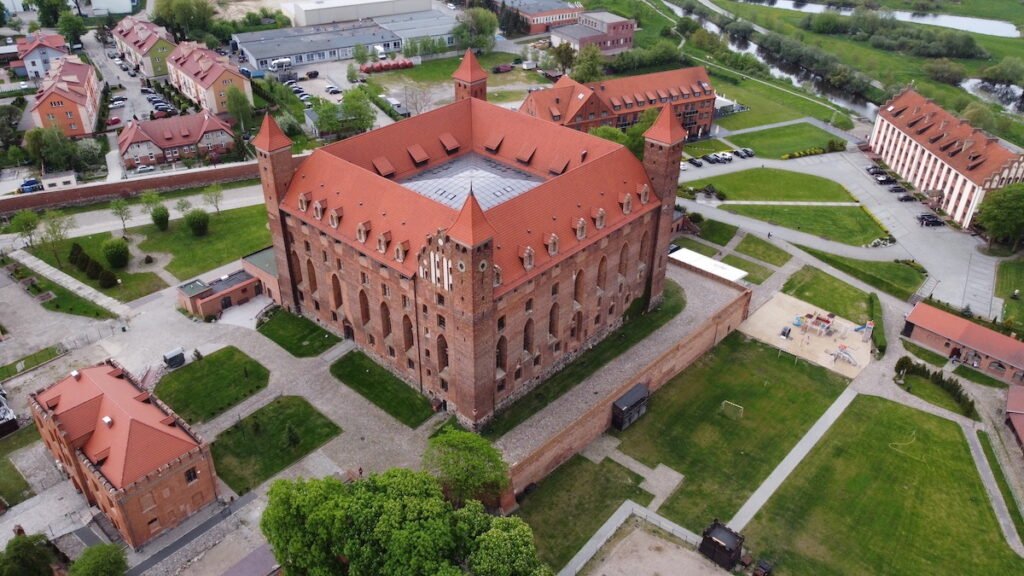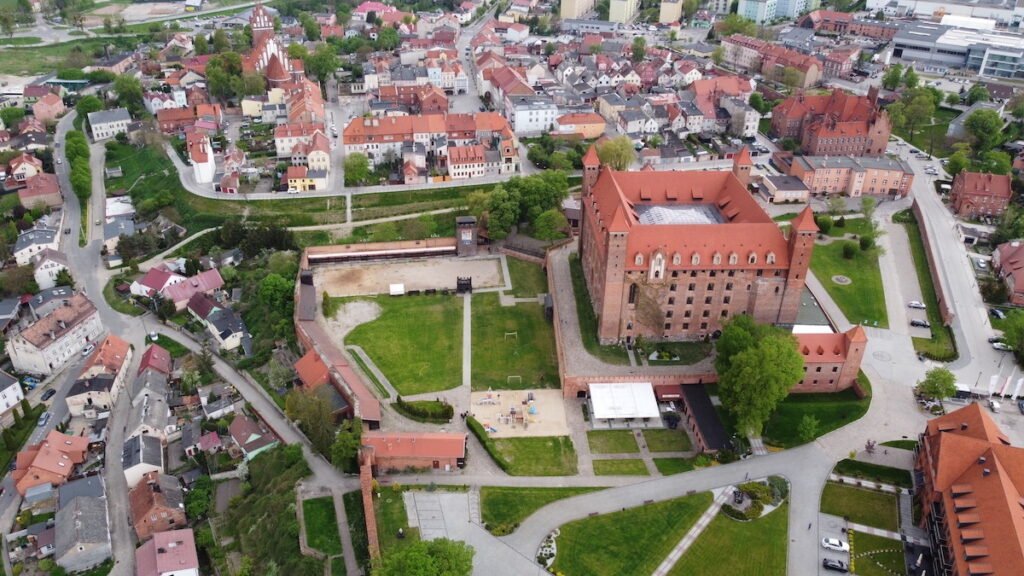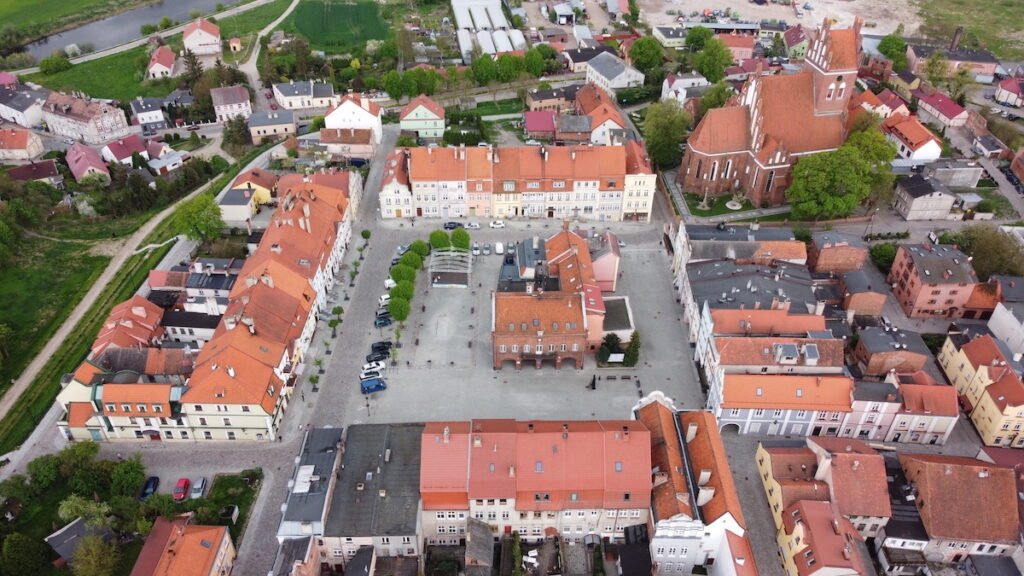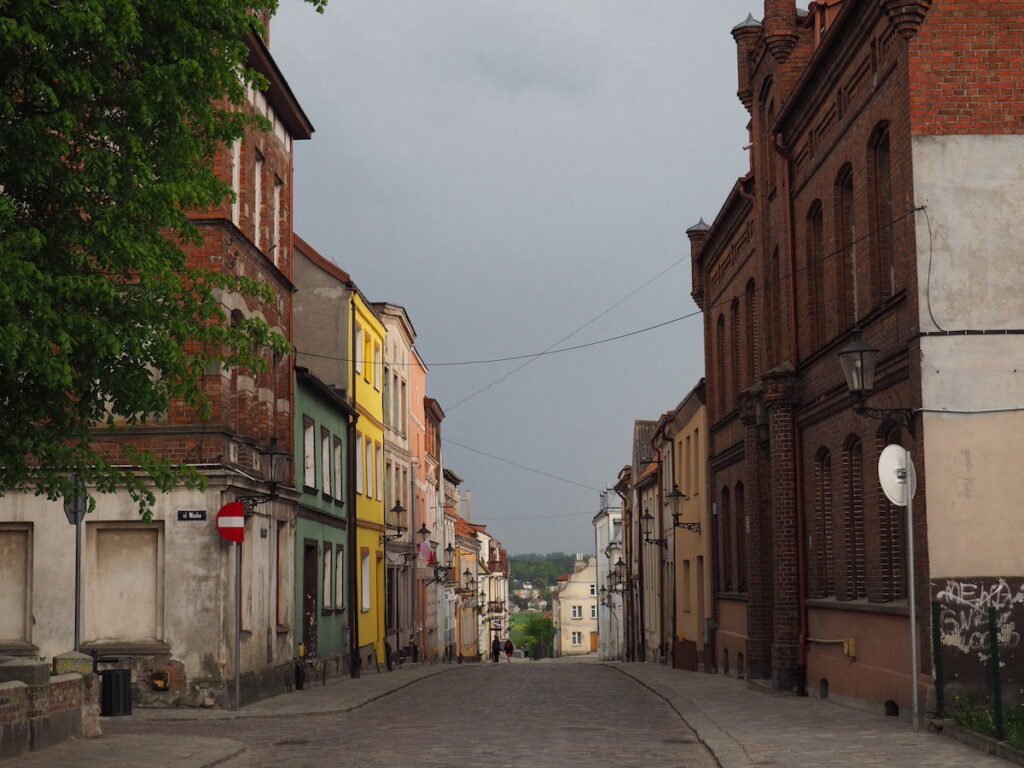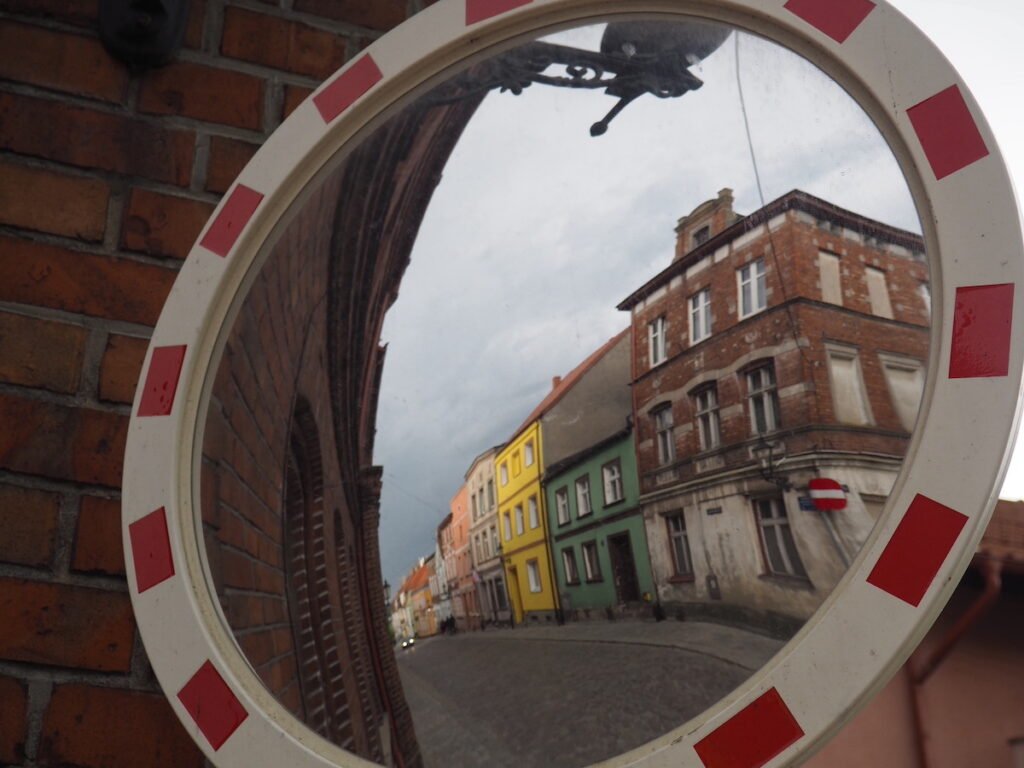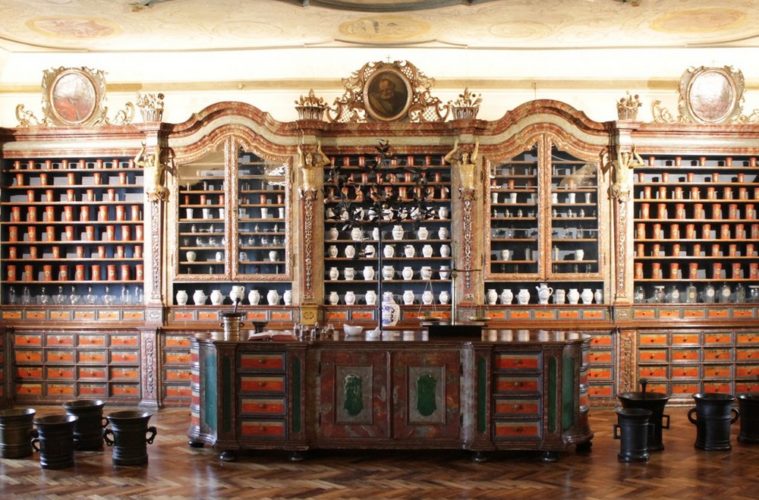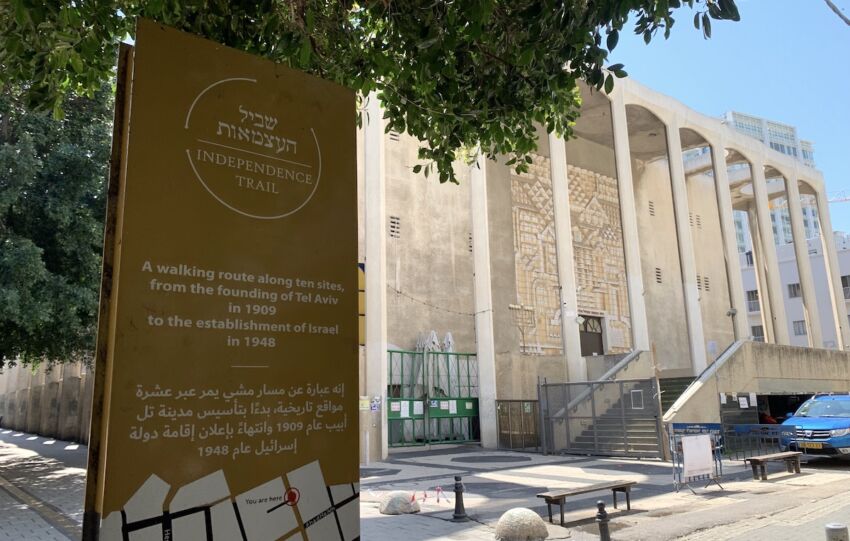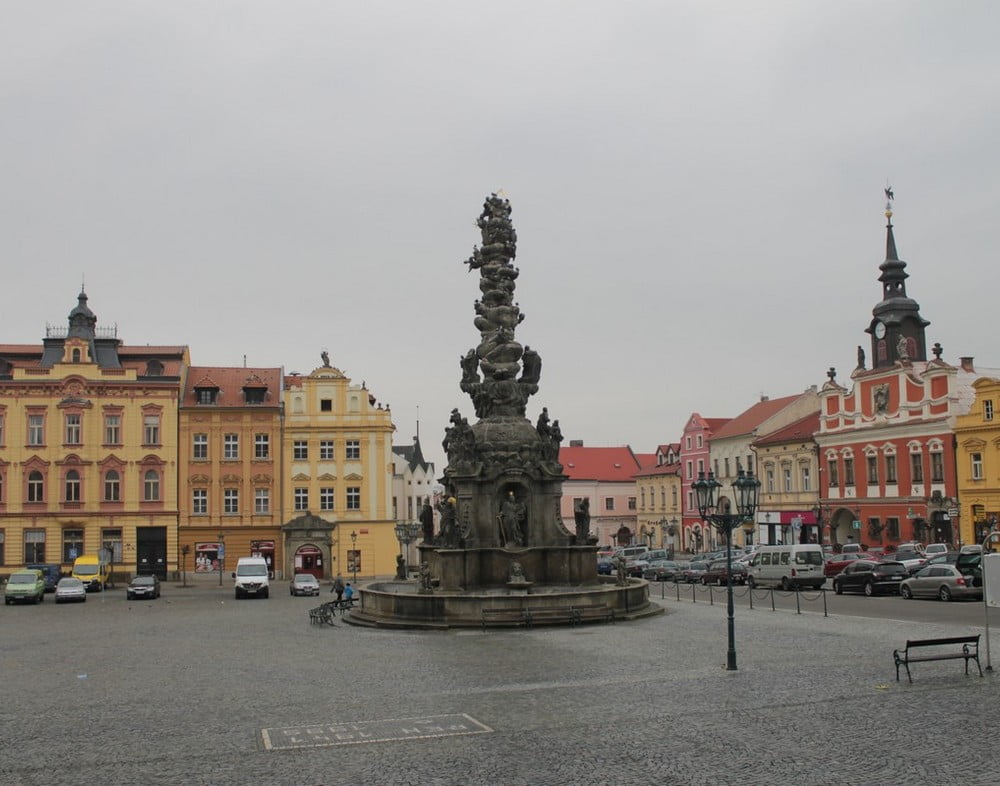Share This Article
We often visit places “by accident”. This is how we got to Gniew! The city was supposed to be just a stop on the way, and it turned out to be an interesting discovery. The town itself and the castle in Gniew are impressive!
The city has a lot of potentials that it is starting to be used. While walking you will meet elements of tourist infrastructure – there are directional and information boards. The city is not big so you probably won’t get lost! :)
Location
Gniew is located near the highway to Gdańsk. The city is 115 kilometres away from Toruń, and 75 kilometres from Gdańsk. The town is situated at the mouth of Wierzyca and the Vistula rivers.
There are several parking spaces on the main square – Grunwaldzki Square and we decided to use them. The city is compact and you can easily explore its center on foot.
History of the castle in Gniew
The origins of the castle date back to 1290 and are associated with the Teutonic Order. It is said that it was one of the most powerful castles of the order on this side of the Vistula. In 1410, the castle was seized by Paweł of Wszeradów. In 1454 it was conquered, but the Teutonic Knights regained it in the same year. In 1464, the castle surrendered to the royal army. It was incorporated into Poland and became the seat of starosts. In 1625 and 1655 it was seized by the Swedish army.
Zygmunt III Waza was on the lookout, and at the end of the 17th century, the starost of Gniew was Jan Sobieski – the future king of Poland, who built a baroque building in Podzamcze for his wife. Over the years, the building has been replaced many times and performed various functions. It was converted into a granary, among others.
In 1920, Gniew returned to Poland, but a year later a fire broke out in the castle, which destroyed a large part of the building. During World War II, the castle housed a German prison for Poles. The reconstruction of the building began in the late 1960s.
Availability
Currently, the castle houses a hotel with conference facilities, a spa and a swimming pool. Various historical events, including knight tournaments, take place on the castle grounds. According to the data I was able to obtain, the castle hosts the staging of the battle of Gniew (1626) every year.
Gniew
In addition to the castle in Gniew, it is worth taking a closer look at the city itself. The first records of the city date back to the 13th century, but the first traces of settlement date back to 2500 BC. From the 10th century, the land belonged to Polans. Over the years, the city changed owners many times.
Among the interesting buildings that are worth mentioning in Gniew, there is certainly the aforementioned castle, the palace of Marysieńki – the wife of Jan III Sobieski, the Pastor’s house, city pumps and the Gothic parish church of St. Nicholas (14th century).
Gniew has a preserved medieval spatial layout with a square, centrally located market square. The oldest tenement houses are from the 15th century, but there are also many younger ones. If you are planning a walk around the city, there is a good chance that you will also see the remains of the city walls.
Worth a visit?
Despite the fact that Gniew was a random choice for a stopover on the road, I found the visit very successful. The city has the potential to develop tourism and I hope that it will use it because it has something to show. Interesting architecture, the remains of city walls or an interesting castle in Gniew are just the beginning!
